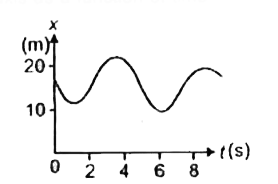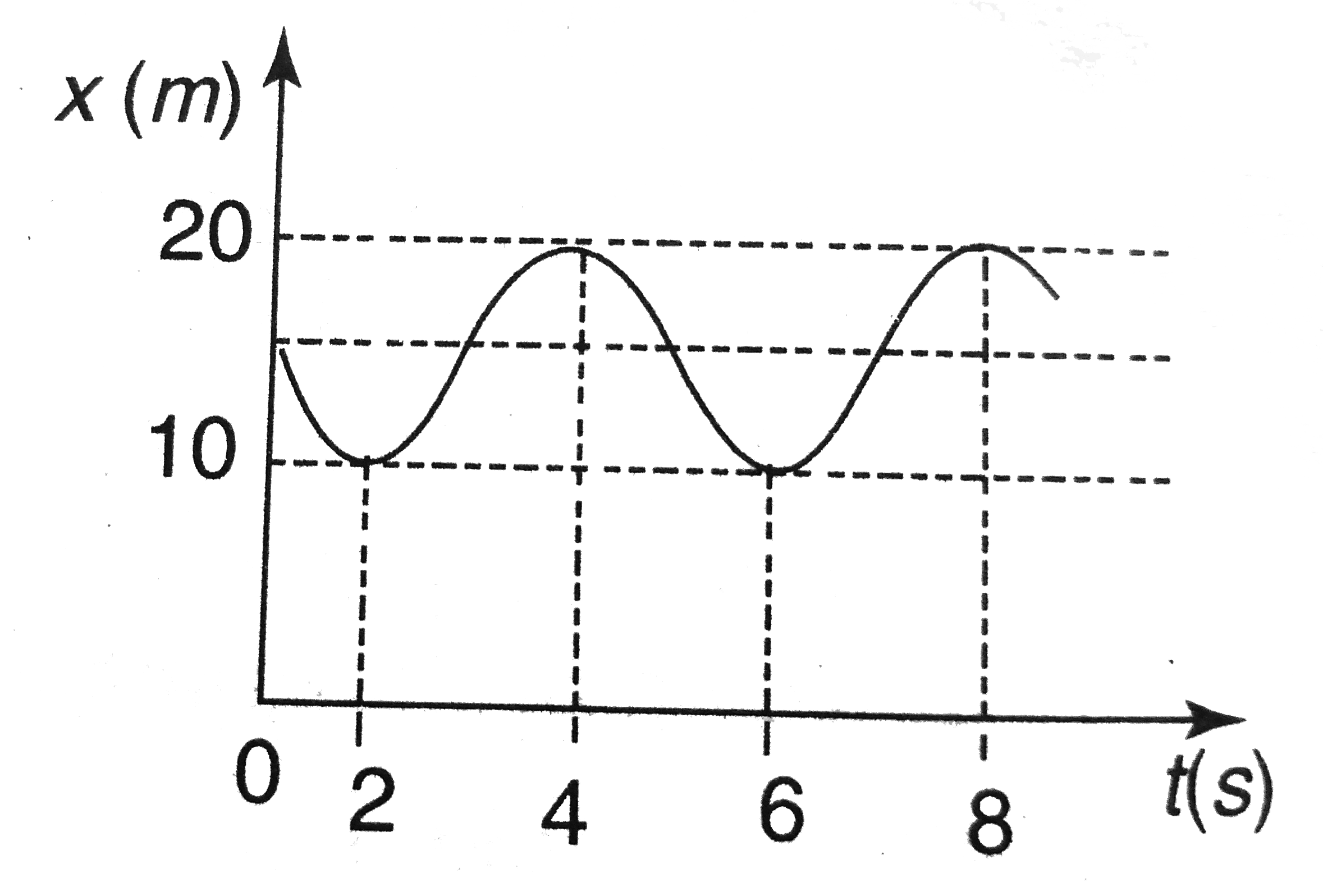Figure shows the displacement of a particle going along the X-axis as a function of time. The force acting on the particle is zero in the region

A
AB
B
BC
C
CD
D
DE
Video Solution
Text Solution
The correct Answer is:a,c
Displaement time graph AB and CD are linear Therefore vel is uniform acc =0.F=0 .
|
Topper's Solved these Questions
- LAWS OF MOTIONBook:PRADEEPChapter:LAWS OF MOTIONExercise:Integer Type Questions
Explore 7 Videos
- LAWS OF MOTIONBook:PRADEEPChapter:LAWS OF MOTIONExercise:Assertion- Reason Type Questions
Explore 17 Videos
- LAWS OF MOTIONBook:PRADEEPChapter:LAWS OF MOTIONExercise:Problems for practice
Explore 112 Videos
- KINEMATICSBook:PRADEEPChapter:KINEMATICSExercise:1 NCERT Comprehension
Explore 4 Videos
- MATHEMATICAL TOOLSBook:PRADEEPChapter:MATHEMATICAL TOOLSExercise:Fill in the blanks
Explore 5 Videos
Similar Questions
Knowledge Check
Figure shows the position of a particle moving on the X-axis as a function of time.
 AThe particle has come to rest 6 timesBThe maximum speed is at t=6 s.CThe velocity remains positive for t=0 to t=6s.DThe average velocity for the total period shown is negative
AThe particle has come to rest 6 timesBThe maximum speed is at t=6 s.CThe velocity remains positive for t=0 to t=6s.DThe average velocity for the total period shown is negativeFigure shows the position of a particle moving on the x - axis as a function of time
 AThe particle has come to rest 4 timesBThe velocity at t = 8 s is negativeCThe velocity remains positive for t = 2 s to t = 6 sDThe particle moves with constant velocity.
AThe particle has come to rest 4 timesBThe velocity at t = 8 s is negativeCThe velocity remains positive for t = 2 s to t = 6 sDThe particle moves with constant velocity.Figure show the displacement - time graph of a particle moving on the x-axis
 Athe particle is continuously going in positive X directionBthe particle is at restCthe velocity increases up to a time t0 and then becomes constant.Dthe particle moves at constant velocity up to a time t0 and then stops.
Athe particle is continuously going in positive X directionBthe particle is at restCthe velocity increases up to a time t0 and then becomes constant.Dthe particle moves at constant velocity up to a time t0 and then stops.
Figure shows the graph of the x-coordinaste of a particle going along the X-axis as a function of time.Find a. te average velocity during 0 to 10s, b. instantaneous velocity at 2,5,8 and 12s.

View SolutionFigure shows the position of a particle moving on the x-axis as a function of time, Choose the WRONG statement.

View SolutionThe displacement time curve of a particle is shown in the figure. The external force acting on the particle is :

View SolutionThe displacement of a particle moving along x-axis is given by :
x=a+bt+ct2
The acceleration of the particle is.
View SolutionThe displacement of a particle along the x- axis it given by x=asin2ωt The motion of the particle corresponds to
View Solution



